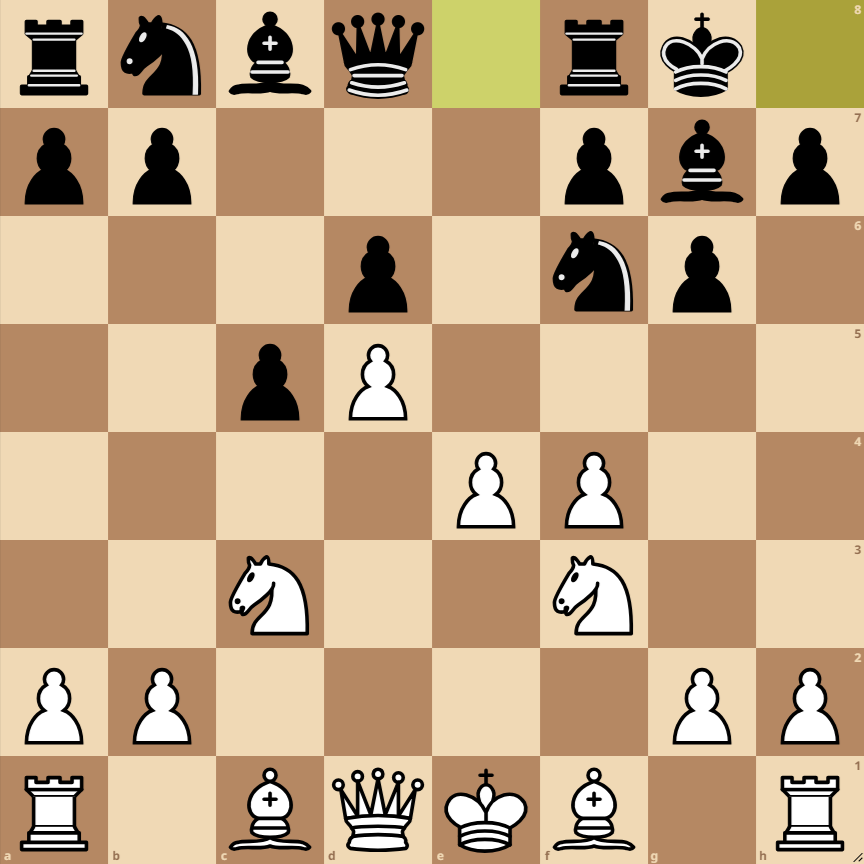How to Play the Benoni Defense Four Pawns Attack Opening
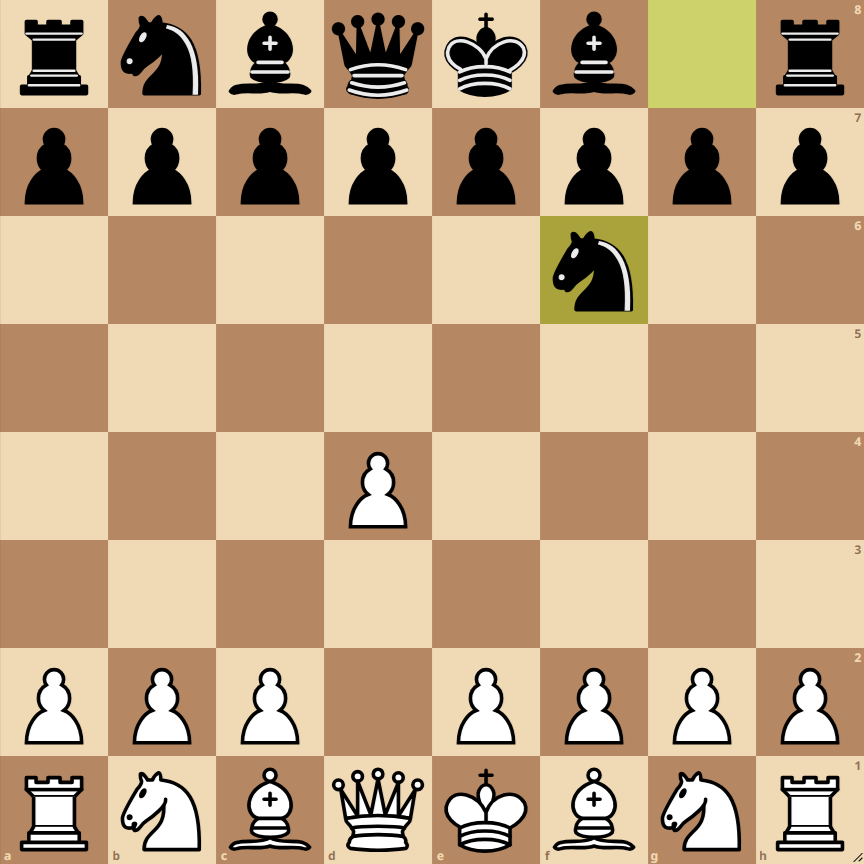
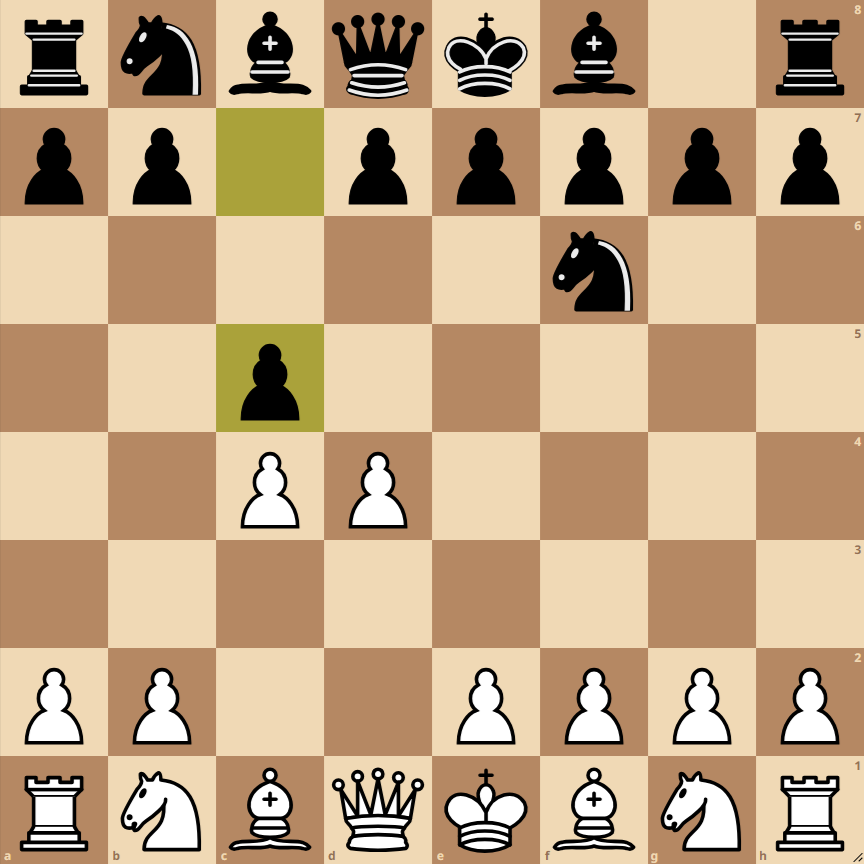

- 1. d4 Nf6: White opens with the queen’s pawn, advancing two squares, a popular move to control the center. Black responds by developing the knight to f6 to exert pressure on the center and prepare their king’s fianchetto or King’s Indian Defense.
- 2. c4 c5: White continues their control of the center by extending their c-pawn to c4, preparing space for the development of their pieces. Black counterattacks in the center with c5, challenging the white queen’s pawn and seeking to break up white’s central pawn structure.
- 3. d5 e6: White advances their queen’s pawn to d5, gaining space and restricting the movement of black’s pieces. Black responds with e6, aiming to break up the center and free up space for their pieces.
- 4. Nc3 exd5: White develops the knight to c3, defending the pawn on d5 and preparing to control the center. Black captures the pawn on d5 with the e-pawn, aiming to open up the position.
- 5. cxd5 d6: White recaptures on d5 with the c-pawn, maintaining their spatial advantage in the center. Black plays d6, supporting their c5 pawn and aiming to develop their pieces more freely.
- 6. e4 g6: White strengthens their center with e4, preparing for strong central control. Black plays g6, planning to fianchetto the king’s bishop and reinforce their control over the dark central squares.
- 7. f4 Bg7: White advances their f-pawn to f4, consolidating a solid pawn structure and preparing for a king-side attack. Black develops their bishop to g7, fianchettoing, aiming towards the center and reinforcing control over long diagonals.
- 8. Nf3 O-O: White develops the knight to f3, preparing for castling and defending the central pawns. Black castles, putting the king in safety and connecting the rooks.
Variants of the Benoni Defense Four Pawns Attack Opening
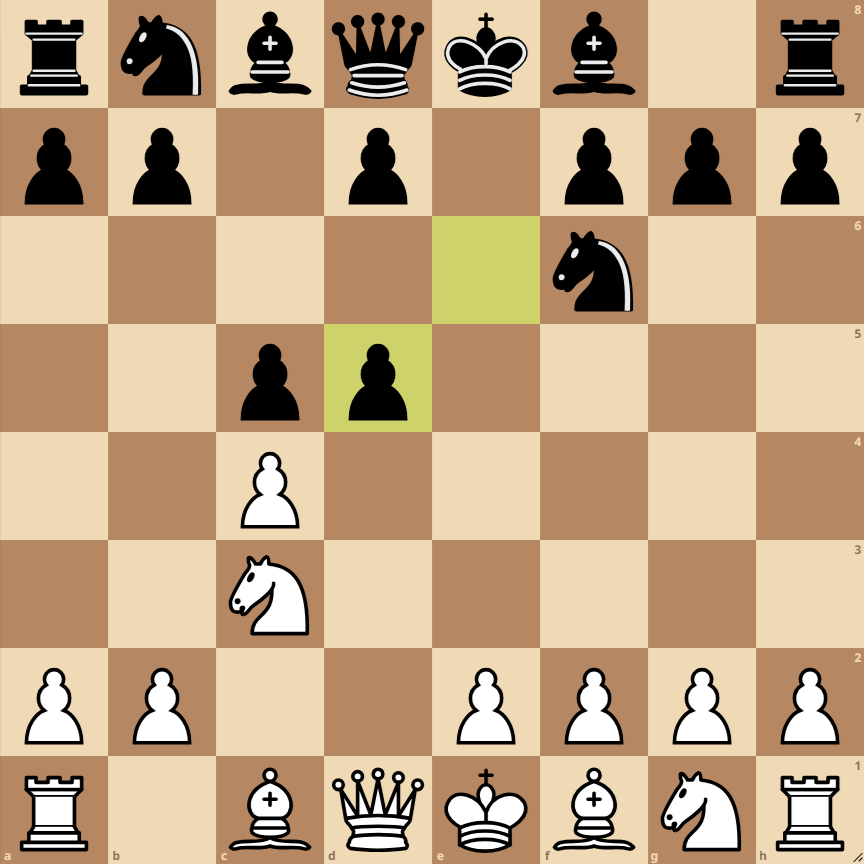
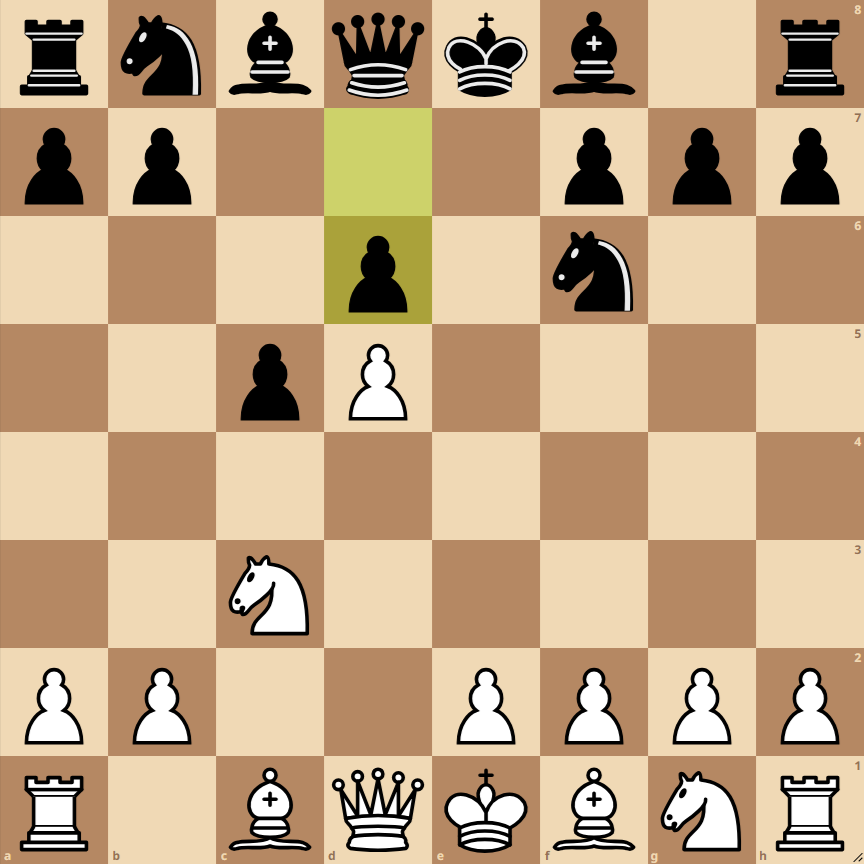
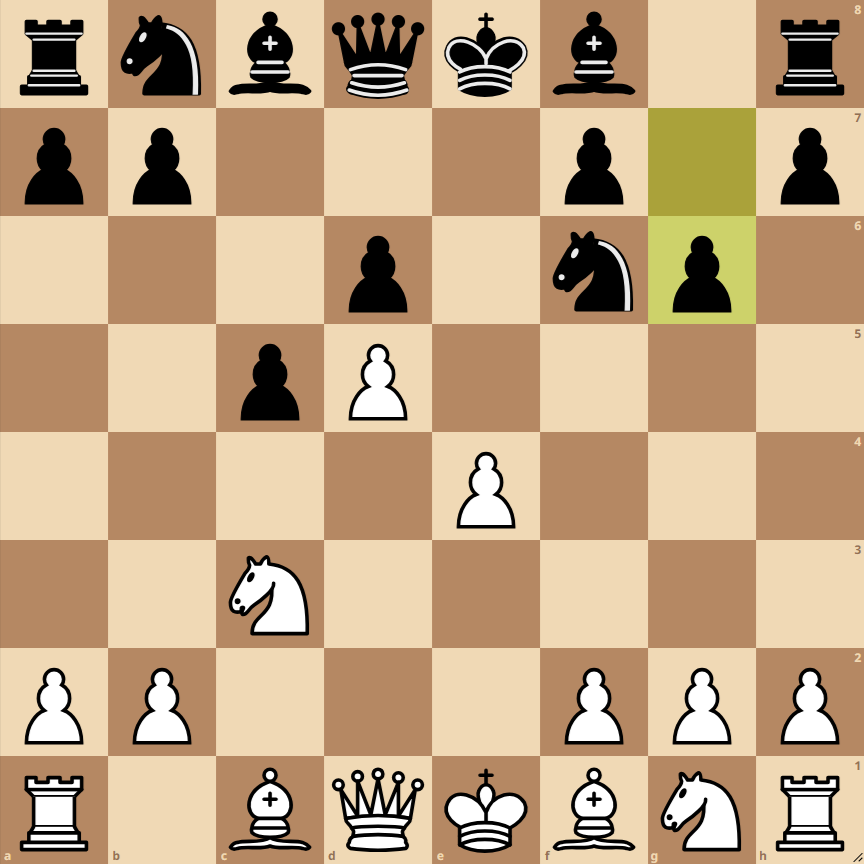
Variant with a4
A popular variant includes the advance of the white pawn to a4 to prevent Black’s b5 advance. This move seeks to maintain firm control over the queen-side and limit Black’s expansion.
Variant with b4
Another possibility for White is to play b4, aiming to expand on the queen-side and further restrict Black’s options. This advance prepares the way for a more aggressive development of White’s pieces.
The opening that has unfolded through the indicated moves corresponds to the Benoni Defense
Four Pawns Attack Variant
This line is characterized by dynamic and aggressive play, where White seeks spatial dominance in the center while Black looks for counterplay and activity for their pieces. Here’s a breakdown of the strategies and tactics for both sides up to the eighth move, followed by suggested best moves.
White’s Strategies and Tactics:
- Spatial Domination: With the advance of pawns to d5, e4, and f4, White has considerable control over the center. This gives them more freedom of movement and the ability to maneuver their pieces towards offensive positions.
- Preparation for Attack: Developing minor pieces to effective squares (Nf3, Nc3, and future Be2 or Bd3) allows White to prepare for attacks on the king-side or in the center. The option to move the bishop to e2 or d3 and then castle kingside strengthens the safety of the White king and connects the rooks.
Black’s Strategies and Tactics:
- Counterplay: Black seeks to activate their pieces quickly and exert counterpressure in the center and king-side. Fianchettoing the bishop on g7 and castling kingside are crucial for the safety of the Black king and for counterattacking in the center.
- Breaking the Center: Black may look for opportunities to break the White center with moves like b5 (properly prepared), f5, or even c4, depending on how the game unfolds.
Next Best Moves:
- Be2: This move prepares kingside castling, keeping the White king safe while continuing to pressure the center. Placing the bishop on e2 also offers flexibility as it can relocate to f3 to reinforce the center or the king-side.
- Bd3: Placing the bishop on d3 directly eyes the Black king-side, potentially preparing an attack with e5 or even f5, depending on how Black positions. This move also supports the advance of White’s central pawns.
- e5: This aggressive pawn break opens up lines for White’s pieces and puts pressure on Black’s position, particularly if Black has not adequately prepared for it.

